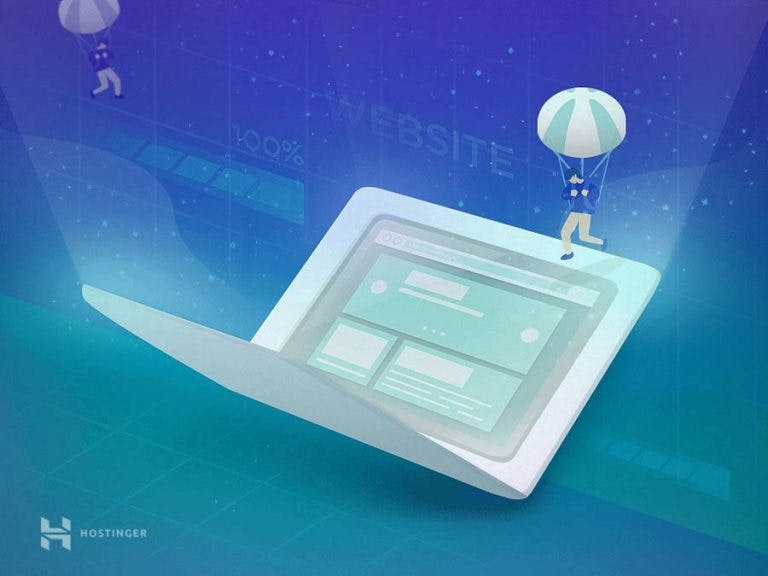website-development
How to Make a Website-The All-in-One Guide ( Made for development Purpose)
Published
0
How to make a website is one of the first questions that pops up to every new webmaster. After all, the foundation used to create your site will dictate the flow and growth of your online project. So, it’s important to make a solid plan and study every available option.
In this guide, we will cover how to create a website using:
- Content management systems (CMS)
- eCommerce scripts
- Website builder
Each path is unique and carries a set of pros and cons. This is why we’ll try to highlight the most important website-building aspects to ease the decision-making process.
1. Establish Your Website Idea
 Website Ideas
Website IdeasFirst things first, you need to decide what your website will be about. There are lots of website ideas out there for the taking. And with the right execution, they have the potential to make solid money online.
Start by deciding the primary purpose and functionality that you wish to have. Some of the most popular website types include:
- eCommerce. Online shops are some of the most visited sites nowadays. With the popularity of drop shipping increasing, everyone has the opportunity to start an online side business. You can sell both digital and physical goods to audiences from all over the globe (which wouldn’t be as simple with a physical store.)
- Blogs. Many successful webmasters started their journey with a simple search query: how to start a blog. Covering a wide variety of topics, blogging can be both a business (for example affiliate, review, niche blogs) or a leisure-oriented activity (travel, food, music, books).
- Educational. Are you well seasoned in a particular skill? Why not create digital courses or a membership-type website. If you’re a fan of a particular hobby or skill, creating an educational site can help you establish yourself as an expert in the niche.
- News. In this era of online chaos, starting a news site is easier than ever. People seek information every day from various sources. If delivering groundbreaking stories is something that you fancy, making a website will make it easier to get your message across.
- Online communities. The sheer amount of thriving online communities is a clear message that the most important thing is the start. Since building large audiences takes a lot of time, the sooner you begin – the better.
- Portfolios. Displaying your skills and strengths can greatly improve your online presence and visibility. Furthermore, online portfolios can give you the advantage in job interviews, competitions, and business deals.
Once you have a clear goal in mind, picking the right hosting and website building platform will be easier.
2. Register a Domain Name
 Buy A Domain Name
Buy A Domain NameBefore you make a website, you’ll need to come up with a catchy name.
To get a domain name for your site, you should:
- Brainstorm potential website name ideas.
- Find a domain checker.
- Run a domain name search.
- Pick the best option(s).
- Finalize your order and complete the domain registration.
 Awesome Domain Name
Awesome Domain NameTip: Finding the right name can be quite challenging. Here are a few great tips that will aid you:
- Go for .com. Being the most popular TLD, a .com domain will be easier to remember for your visitors.
- Check for close alternatives. Registering mistyped and similar versions of your domain name will ensure that all traffic reaches your website.
- Try to keep it short. The easier and catchier your site name – the better. Long domain names can be difficult to memorize.
- Avoid hyphens and numbers. Only do it if you really have to, as they may increase the chance of your address being mistyped.
For more in-depth coverage, check out our complete guide on how to buy a domain name.
Content and Pages
Essentially, WordPress lets you upload and create three types of content:
- Pages – with this section, you can create static pages that don’t expect a lot of changes. For example: About us, Contact us, Home, etc.
- Posts –a section that allows you to create dynamic content, such as articles, blog posts, and guest publications.
- Media – such as images, videos, and audio files. After the upload, you will be able to attach these resources to your posts and pages.
Content and Pages
Final Word
- John Doe
 A website development
A website development A nextjs used
A nextjs used To-do app using strapi
To-do app using strapi